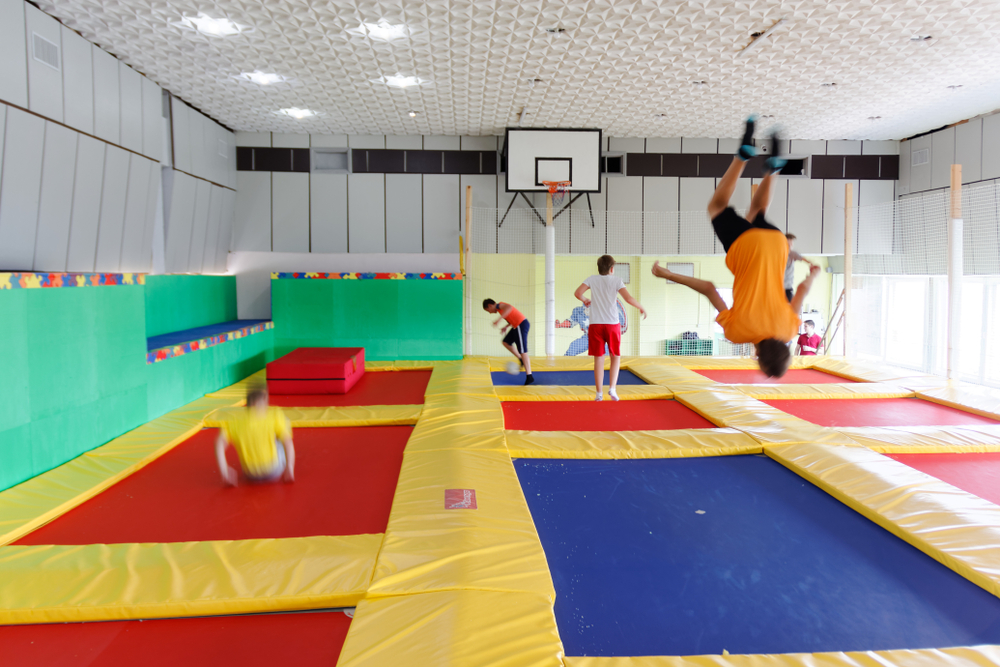
What are the challenges of Trampoline Parks?
A trampoline park does not have official regulations. The industry itself creates its own safety rules and standards. This is then difficult for a city or state to create adequate procedures to ensure those participating in activities there. In Australia, 1500 children were admitted to the hospital yearly between 2002 and 2011 from trampoline-related injuries. The nature of these spaces makes many different people jump together. This implies that various ages and sizes will meet, without always remaining aware of each other. This imbalance and crowding can for instance create dangerous collisions, sprains, and lack of communication.
How to take appropriate precautions?
There are many precautions that all parties can take in order to minimise risks. Stunts and other dangerous jumps create an unsafe environment. Reducing them as much as possible is essential and should be the operators’ priority. Similarly, not overcrowding the trampolines will allow for more bouncing room and less risks of bumping into others. Ensuring adults and younger users do not jump together is also important to avoid unnecessary hazards. Continuous supervision is essential. In large spaces, but especially in those that tend to be loud and full of people, awareness is key for safety. Those supervising must be attentive at all times and be fully aware of the latest safety standards. For this, the trampoline park should have a set safety guide that both employees and participants must remain aware of. Communication then must be a priority for all involved.
Why Hazavoid?

Hazavoid offers fully wireless solutions: the Hazavoid Wireless Alarm System (pictured above) and the Hazavoid Wireless Alert Beacon System come with a backup battery and solar panels.
The remote control allows for fast and easy activation. Light to carry, it can be used by operators the second they notice a threat. Loud and distinct alarm tones will automatically activate for all to hear. Existing tones such as “Evacuate” or “Lockdown” are available for man-made threats or natural disasters. It is also possible to customise tones and songs for industry-specific or recurring concerns. This can be especially helpful in a trampoline park to immediately tell all within the premises to stop jumping in the case of a participant’s injury. Sensors are also available for beacons in order to delimitate a zone of concern. This ensures those entering it know to step out.

